HP Personal Systems President Ron Coughlin On Gaining Share From Apple, The $60B Device-As-A-Service Opportunity, And The Office Of The Future
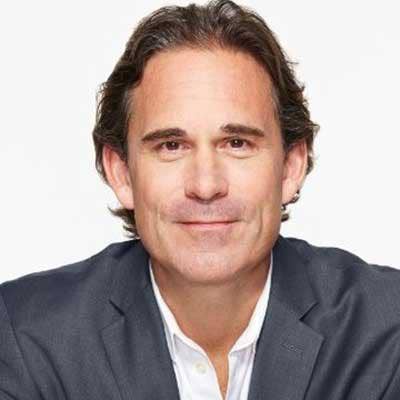
Beating Apple In The Premium Market
HP Personal Systems President Ron Coughlin, who led the unit to 12 percent growth in the most recent quarter, says the big share gains versus Apple in the premium segment are a sure sign that HP has closed the gap in customer experience.
"On our premium products we have closed the gap with Apple, which has taken a lot of hard work from our engineering and product management design teams to create an equal experience while not owning our whole ecosystem," Coughlin said.
Key to HP's success is listening to customers, said Coughlin. "It is all about understanding our customers’ needs," he said. "If 40 percent of customers prefer a convertible, then we are going to give them a convertible. We are not going stay dogmatically with a laptop. If customers want touch, we are going to give them a full screen of touch – not a strip of touch. We listen to our customers and we create amazing experiences based on what our customers’ needs are and desires are."
Get all of CRN's HP Reinvent World Partner Forum here.
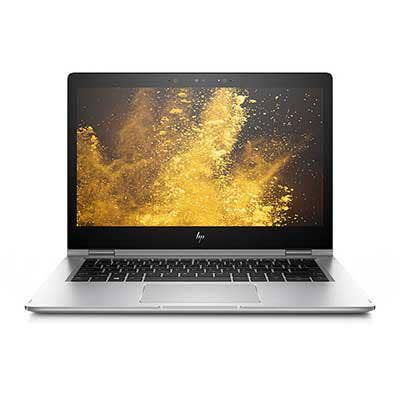
Talk about the premium segment and how you are beating Apple in the sales trenches.
Two data points [from research firm IDC]: In Q2 alone, HP in premium was up 4.3 points. Apple was down 9.5 points.
If you take a two-year view from Q2 15 to Q2 17, we are up 5.4 points and Apple is down 8.5 points in premium.
We are up 7.7 points in gaming and Apple is down 8 points in gaming.
We have closed the gap with Apple on customer experience. Lots of people talk about the customer experience of Apple. On our premium products we have closed the gap with Apple, which has taken a lot of hard work from our engineering and product management design teams to create an equal experience while not owning our whole ecosystem. We work tightly with Microsoft and Intel on that to create these incredible experiences.
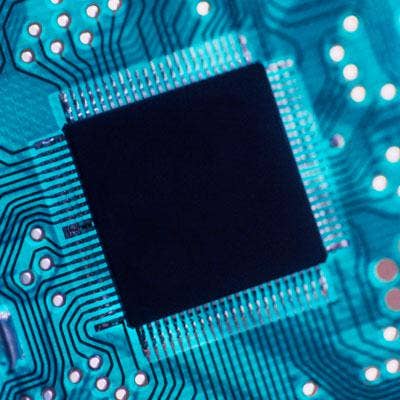
What could HP do if you could control the operating system and the chip?
I don't worry about things I can't control. We are not about to get into the operating system or the chip business. What I focus on is making my team seamless with the Microsoft and Intel teams. I focus on that. There used to be huge seams between the two organizations. Now we focus on creating great experiences together.
Talk about the importance of listening to customers and how that has affected product development.
It is all about understanding our customers’ needs. If 40 percent of customers prefer a convertible, then we are going to give them a convertible. We are not going stay dogmatically with a laptop.
If customers want touch, we are going to give them a full screen of touch – not a strip of touch. We listen to our customers and we create amazing experiences based on what our customers’ needs are and desires are.
Our product managers and engineers create amazing products, whether it is the hinges that we create, light delighters like the security screen, or the best audio with Bang & Olufsen -- we create amazing experiences on our premium devices.
In the PC category, it is HP that is setting the bar in design and absolutely [doing the same] in the premium PC category.
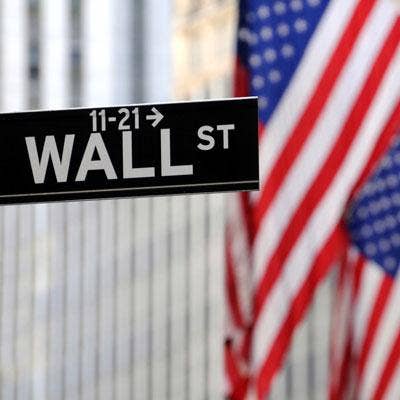
What is your message to partners coming off a quarter where the personal systems business grew 12 percent?
Nobody would have expected us to deliver the type of results that we are delivering. We just delivered the third consecutive quarter of double-digit growth with 12 percent growth in personal systems. Who would have thought a PC-based business would be growing 12 percent? By the way, the channel is delivering the vast majority of those results and benefiting from the success we are seeing.
In our core, it is all about reinventing the PC whether it is the new Elitebook 360, which is the most successful premium product in our history; whether it is the new detachables we are offering; whether it is the new workstations like the Workstation Mini. It is all about reinventing the PC. That has been very successful and it has driven a lot of the share gains.

Talk about the share gains and where you are winning.
We retook the number one spot in PCs two quarters ago and we extended that lead this past quarter. Importantly, that was never an objective. It is an outcome of executing on our strategy. What is remarkable is that we took number one while we shifted to higher-value devices and shifted focus to areas like premium and gaming. We took number one executing our way.
From a commercial revenue standpoint, we are up 11 percent and we did a dramatic shift from direct to commercial. It is dramatic within the commercial portfolio how much we shifted toward the channel, which is what we said we would do. We have had a lot of success and we will continue to reinvent the PC.
What is key to the personal systems success while other vendors are struggling in that market?
That success is grounded in insights. One of our special sauces is having market insights that we develop our products and services against.
Lives are blending. Eighty-one percent of folks say they are doing work in their personal time. Millennials want to bring their personal devices into the workplace. It is all blending. And nobody, given the strength of our consumer and our commercial business, is better than HP.
The second thing is about connected. Whether I am in the office, at Starbucks, on a plane or on a beach, I want to be connected with my PCs. Sixty-two percent of us work from more than one location. We always want to be connected. You'll see us move to driving more connected solutions. We think particularly with 5G we all need to do that in this ecosystem.

Talk about security and the impact that has had on the strategy.
Last year we started amplifying security. Eighty-one percent of security intrusions happen on the endpoints, and we have the absolute best security stack. We have made two major announcements in the last year.
Last year we announced HP SureView – the world's only built-in privacy screen. That is one of our most successful new product launches in our history. We also announced HP SureClick, which means if you click on a malware email it will be containerized. We are the only company offering that on our PCs. That is a further proof point of us having the best security stack in the industry.
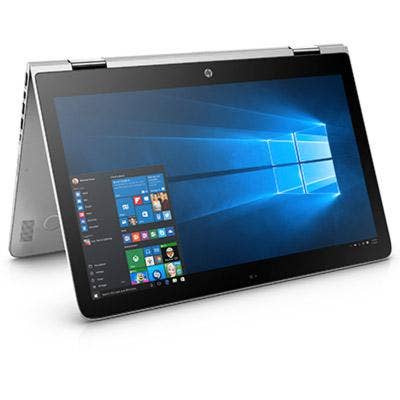
Talk about the growth you are seeing in Device-as-a-Service and other emerging market segments.
Our orders are up double digits in Device-as-a-Service. We have seen a lot of traction there.
We are bringing proactive intelligence to Device-as-a-Service. That means knowing when a hard drive is going to fail before it actually fails, knowing the battery life of a device.
Over 50 percent of companies are actively evaluating or deploying Device-as-a-Service.
In retail point of sale our revenue again is up double digits. We are making a lot of progress there. We are looking for more channel partners to lean in with us on retail point of sale.
Lastly, we are getting into workflow. We have worked, for example, with ISVs to create a solution for India customs.
Previously, if a pallet came to a dock in Mumbai a gentleman would go out with a pad and paper, mark what was on that pallet and then go input it into a desktop. Now they have an [HP] ruggedized tablet. Now they catalog what was in that pallet at the point of inception. It is a custom workflow that includes a tax function.
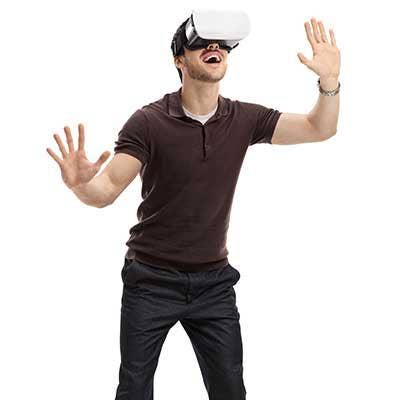
Talk about the future focus on virtual reality.
We are now getting insights into what customers want. We had an automaker in Fort Collins, Colo., with our workstations team. I asked them if they were using VR in their development: They said they had VR but it was sitting in the corner because no one was providing them with a full solution.
You saw that we announced the HP Z VR Backpack. That is part of our solution, but our workstation team has a long legacy of working with specific verticals whether it is entertainment, military or manufacturing to create custom solutions. We are going to leverage that capability as we build out VR.
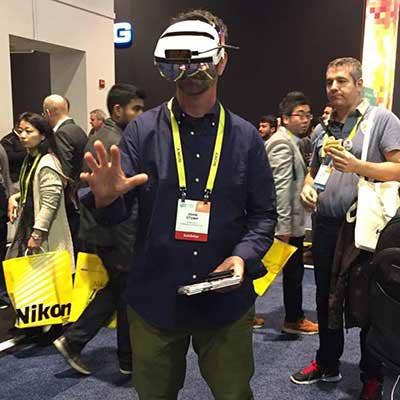
How important is VR for the commercial market?
VR is going to be a scale market in commercial. The estimate is it is going to be over $10 billion by 2020. We have multiple partners calling us, asking us to help them in this space. We have double-digit engagements in this space. We think it is important. We think compute is moving in this direction and we think we can participate in a meaningful way on the back of the technology that we are developing for both consumer and commercial along with partners like Microsoft and Oculus. At the same time, we think that our vertical market knowledge brings a degree of differentiation for us.

How big a breakthrough is the new simplified, enhanced and premium Device-as-a-Service offerings?
My message is we have reinvented PCs together and we are driving growth together. Now we need to go conquer services together. We got lots of feedback last year in terms of what partners wanted. We conducted over 135 individual workshops with individual partners to make sure we heard their needs, to make sure we are customizing our offer, to make sure we are building into our offer what the channel partners need. I don't think there has ever been an initiative that has been so vetted, inputted and worked hand-in-glove with the partners.

What is the partner profile for the Device-as-a-Service offering?
My ideal partner is someone who leans in with us on our core infrastructure. We have built in flexibility for them to customize as they need, but we would like them to lean in with us on our core infrastructure. We have multiple key partners that are leaning in and counting on us to provide the majority of their infrastructure. That is our ideal partner. We will provide best-in-class tools across life-cycle management – some of which exist today, some of which we'll build, some of which we'll partner for or buy, but we are dedicated to building the leading DaaS offering in the marketplace.
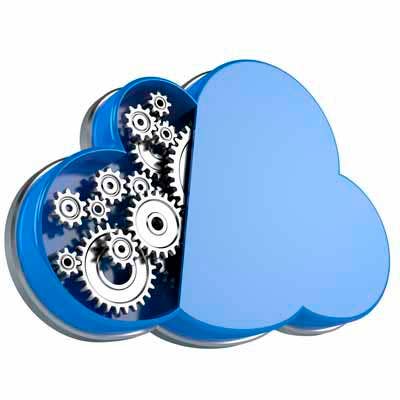
What kind of intellectual property does HP have for Device-as-a-Service?
We have unique assessment tools on the front end -- unique proactive intelligence tools that allow you to diagnose what is going on with devices. We will have financing options for partners to use or not to use. But, as importantly, we will roll up our sleeves and customize this for our partners. We have done it before with channel managed print services, and we are going to do it with this. But we need partners to lean in with us on the infrastructure, the tools and then go hunting with us for DaaS deals to take away from competitive transactional deals.
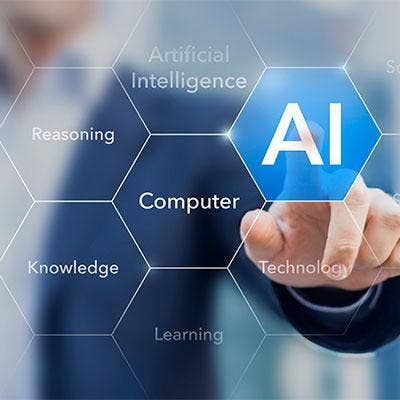
Talk about the AI analytics software that you are bringing to the market with Device-as-a-Service.
I am not going to break down our special sauce. I will tell you that we have an infrastructure advantage because of our managed print services infrastructure that should give us a capability and cost advantage versus our competitors and channel partners doing it themselves.
We have brought in significant software and services talent to build tool sets. We will be demoing an assessment tool. We will have proactive intelligence with regard to how employees are using the devices and what is going on with the devices that nobody else in the world has. Think about it – this is what we have built in roughly 18 months. Imagine what we are going to have in another 18 months. If you are a channel partner, the question is: Do you want to be on the outside of this development steamroller that has picked up a lot of momentum and capabilities?
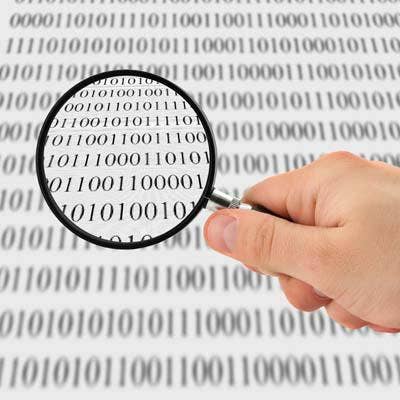
How big is the opportunity for DaaS and how fast is this market moving?
We think the opportunity by 2020 is a $60 billion opportunity. This is going to flip like managed print services flipped 10 years ago, and we believe no one is positioned better than HP because, first and foremost, we are the most channel-friendly OEM in the industry; second, we have the managed print services know-how and infrastructure; and, third, we believe we have a head start here.

Is the channel moving fast enough on Device-as-a-Service?
There are channel partners that are moving fast. I would like to see more of them.
Everybody is interested and engaged. There are some that are sprinting and are going to win. I would like to see more get into a sprint.
I don't think they are underestimating the margin opportunity here. I just think it is shifting from a transactional model to a services model, which is a challenge for many companies.

What are some of the secrets to the success of the personal systems business?
Number one, we have been consistent in our strategy. Number two, we got our cost structure in line so it enables us to compete on the low and the high end. Number three, we have created an insights foundation and culture that has enabled powerful design, powerful innovation with sprinkles of magic on our product portfolio. Number four, we execute seamlessly from the development teams out to the regions and we execute as one team with speed.

Are you bringing customer insight intellectual property that partners can leverage going forward?
Absolutely. We did a study called Office of the Future that really mapped where commercial work was going and the influence of One Life in that commercial work. We have shared that with partners. We will share that in a deep dive with partners at the conference.
When you shift to a service model you look at what IT wants, what users want and how can we provide for that.

What kind of economic opportunity is there for partners as you look at the Office of the Future?
There may be no supplier that can provide partners with a better economic opportunity. Our raw growth rate combined with a positive mix shift to more profitable, higher ASP [average selling price] products is extremely attractive. We are a catalyst with an advantaged offering in areas like Device-as-a-Service and security that provide accretive margin growth areas that allow partners to move up the stack.
Our nascent leadership in commercial VR allows them to start developing a capability in a business that has decades of growth in the future and will ensure their growth and profitability for decades to come.
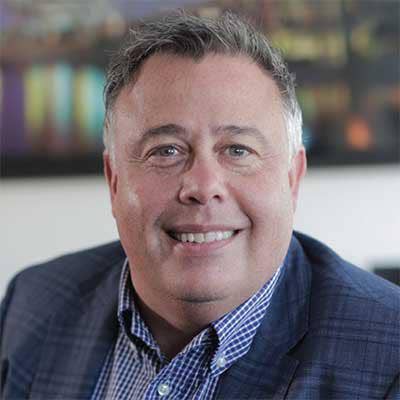
What is the mood inside HPE?
It is not very often you get to define what a company is. [HP CEO] Dion [Weisler] did a masterful job of taking his leadership team and having us step back and say, what do we want this company to be? What businesses are we in: print, PCs, 3-D; what are the values of the company; how do we want to operate internally and externally. And you have seen that come through, whether it is through the sustainability work we are doing, the tremendous contribution we have made in the education field, and how our employees banded together to help each other out with the Houston tragedy.
You can see the values of this company and, by the way, they are not new values -- they actually go back to [Hewlett Packard founders] Bill [Hewlett] and Dave [Packard] and the values of legacy.